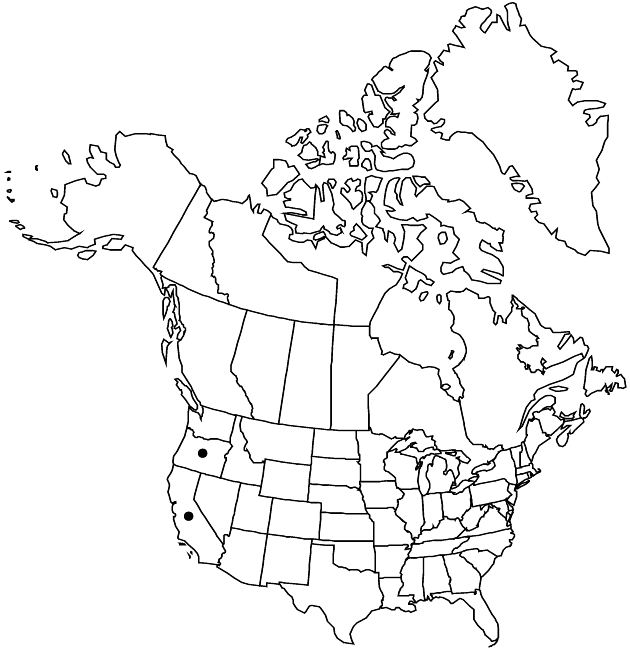Brickellia greenei
Proc. Amer. Acad. Arts 12: 58. 1877.
Perennials, 20–50 cm (caudices woody). Stems branched, villous, stipitate-glandular. Leaves alternate; petioles 0–2 mm; blades 3-nerved from bases, ovate, 15–30 × 5–25 mm, bases rounded to truncate, margins evenly to irregularly serrate, apices acute, faces viscid-glandular. Heads borne singly or in open, cymiform arrays (each head subtended by leaflike bracts). Peduncles 0–2 mm. Involucres broadly cylindric to campanulate, 14–18 mm. Phyllaries (24–) 36–42 in (3–) 5–7 series, greenish or stramineous, often purple-tinged, 3–5-striate, unequal, margins narrowly scarious (apices acute to long-acuminate); outer lanceovate to lanceolate (sparsely glanddotted), inner narrowly lanceolate (glabrous). Florets 44–60; corollas yellow-green, often purple-tinged, 8–10 mm. Cypselae 5.5–7 mm, glabrate to hispidulous; pappi of 20–30 white, barbellate bristles. 2n = 18.
Phenology: Flowering Jul–Sep.
Habitat: Open rocky slopes, canyon bottoms, riparian areas, serpentine soils
Elevation: 800–2200 m
Discussion
A sweet odor is often associated with Brickellia greenei.
Selected References
None.
Lower Taxa
"fine" is not a number.
